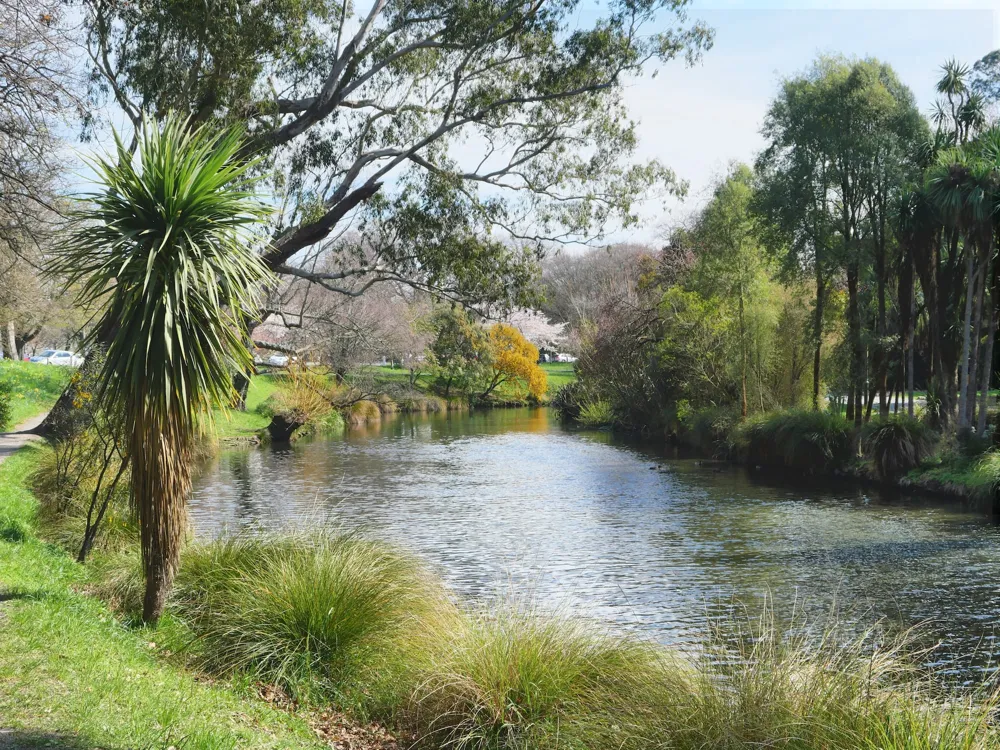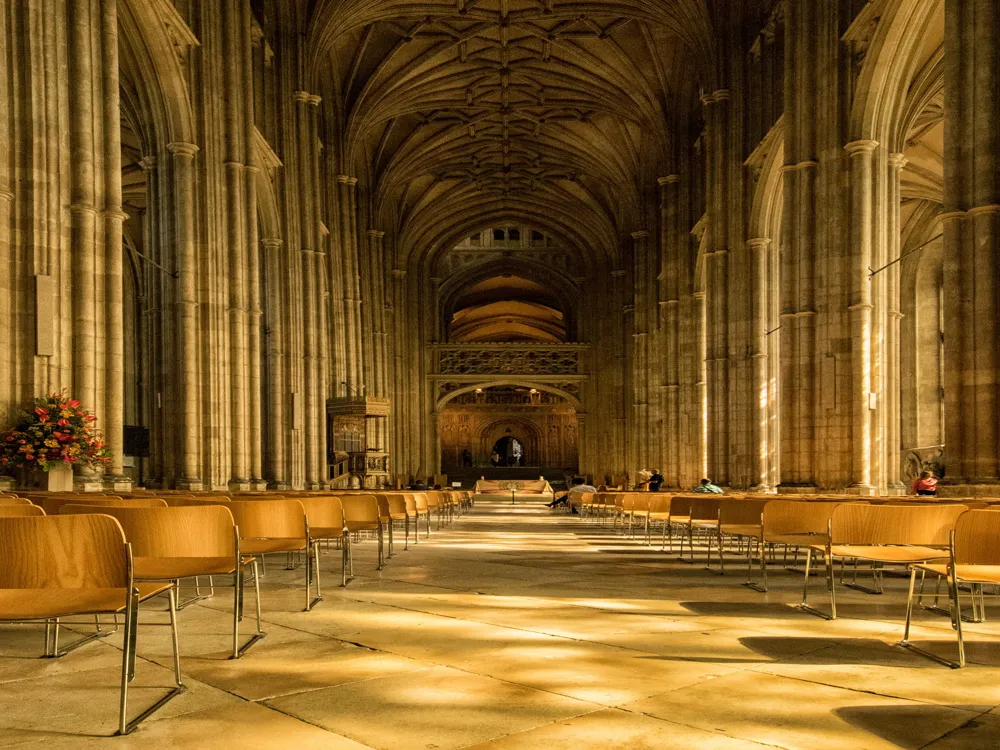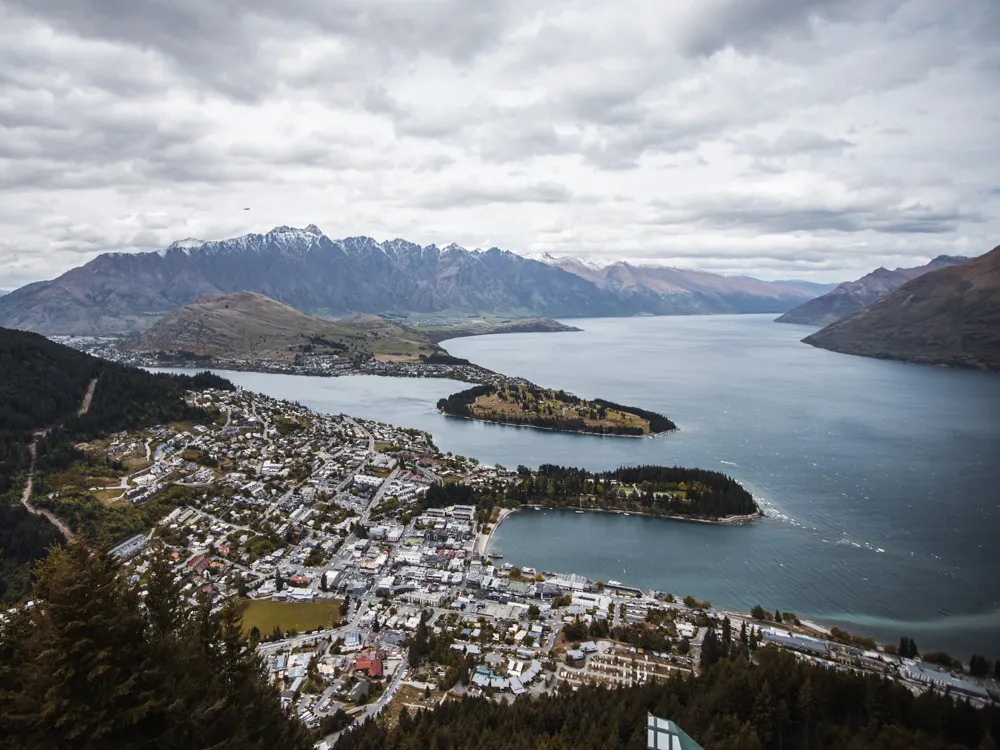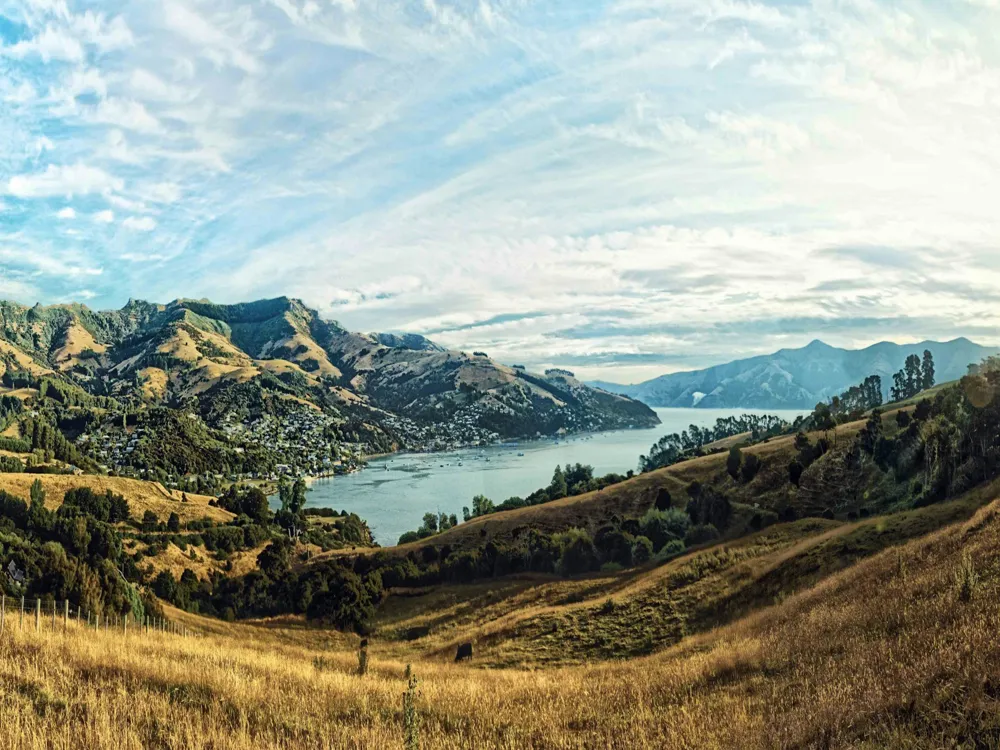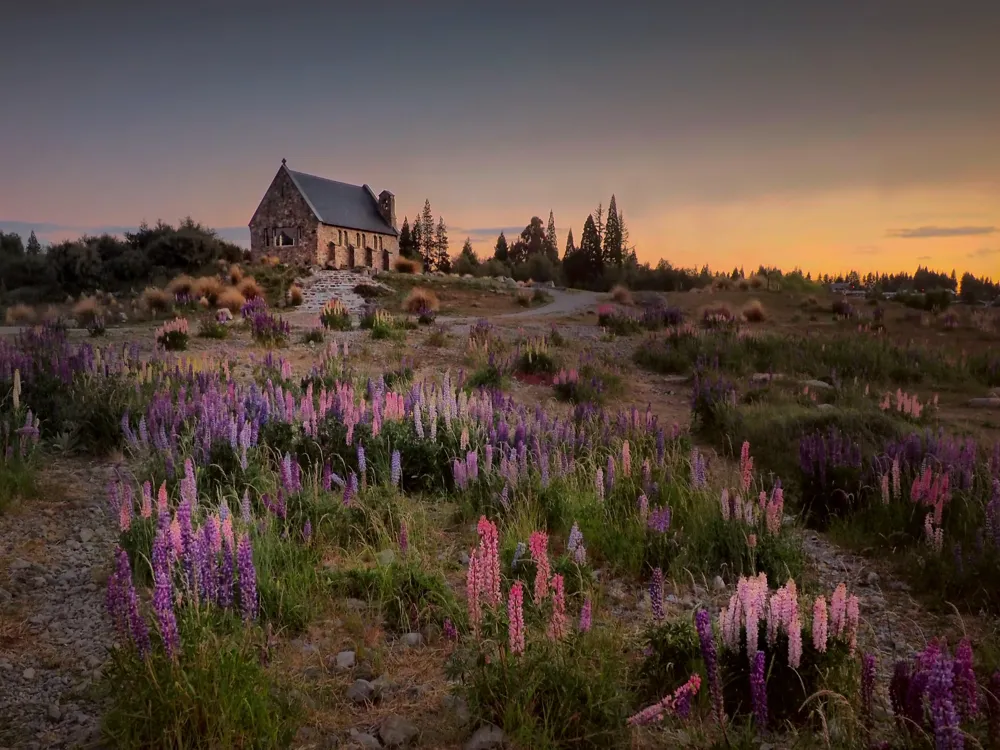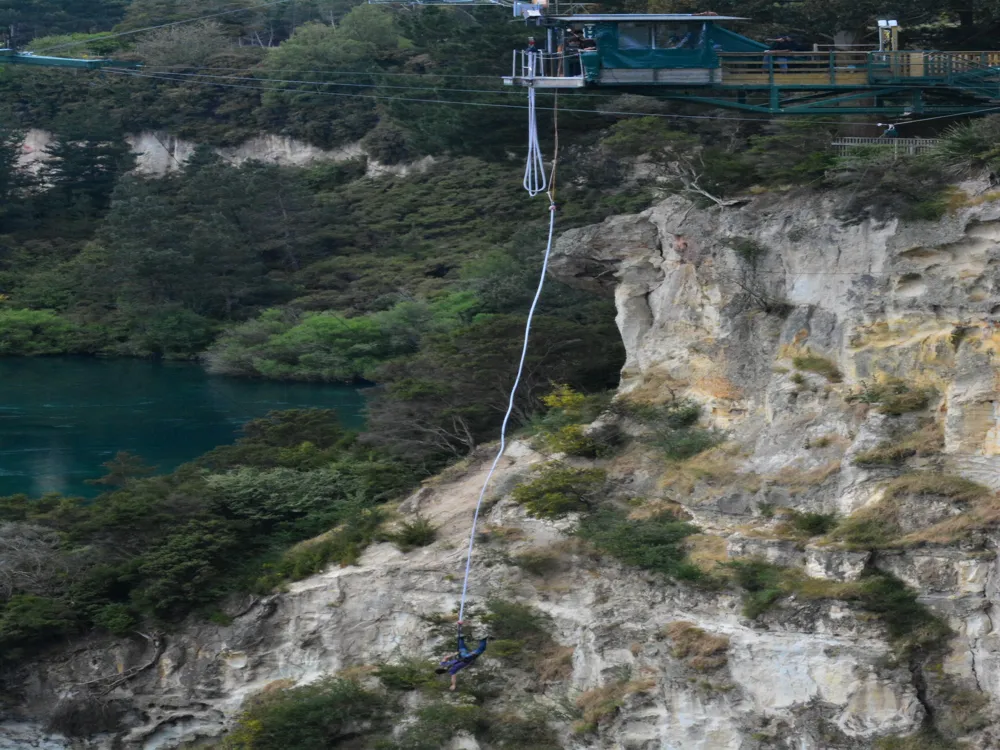Christchurch, known as the Garden City, is a vibrant and dynamic city located on the east coast of New Zealand's South Island. It is the largest city in the Canterbury region and holds a significant place in the history and culture of New Zealand. Founded in 1850, Christchurch has a rich heritage that blends with its modern and resilient spirit, making it a unique and fascinating destination for visitors from around the world. The city is famous for its exquisite natural beauty, encompassing the serene Avon River, the picturesque Hagley Park, and the Port Hills that offer panoramic views of the city and beyond. Christchurch is not just about natural beauty; it's also a hub for arts, culture, and innovation. The city boasts a lively arts scene, with numerous galleries, theaters, and festivals that celebrate both local and international talent. One of the most remarkable aspects of Christchurch is its resilience and regeneration following the devastating earthquakes in 2010 and 2011. These events reshaped the city, but Christchurch emerged stronger with innovative urban spaces, new architectural landmarks, and a renewed sense of community. Visitors to Christchurch can explore the Transitional Cathedral, also known as the Cardboard Cathedral, and the Canterbury Earthquake National Memorial, which are poignant reminders of the city's journey and resilience. Christchurch also serves as a gateway to the South Island's many attractions, including the breathtaking Southern Alps, the picturesque town of Akaroa, and the world-renowned vineyards of the Waipara Valley. Whether you're seeking adventure, relaxation, or a cultural experience, Christchurch offers a diverse range of activities and attractions to suit every interest. Christchurch's history is a tapestry of Maori and European influences. The area was originally inhabited by the Ngai Tahu Maori tribe, who valued it for its rich resources and strategic location. The first European settlers arrived in 1850, establishing Christchurch as a planned settlement of the Canterbury Association. The city's layout was designed by surveyor Joseph Thomas, featuring a central square, surrounding parklands, and neatly arranged streets, a design that is still evident in the city's structure today. The early years of Christchurch were marked by rapid growth and development, with the construction of significant buildings such as the Christchurch Cathedral and the Canterbury Museum. The city played a crucial role in the agricultural and economic development of the Canterbury region, becoming a central point for trade and commerce. Throughout the 20th century, Christchurch continued to grow, developing a strong educational and cultural presence with the establishment of institutions like the University of Canterbury and the Christchurch Art Gallery. The earthquakes of 2010 and 2011 were a turning point in the city's history. These events caused widespread damage and loss of life, but also sparked an unprecedented rebuilding and revitalization effort. Today, Christchurch stands as a testament to the resilience and creativity of its people, with innovative architecture, green spaces, and a renewed focus on sustainability and community. Christchurch is situated on the east coast of New Zealand's South Island, bordered by the Pacific Ocean to the east and the Southern Alps to the west. The city's geography is characterized by its flat landscape, which contrasts with the hilly Port Hills to the south. The Avon River flows through the city, adding to its scenic charm and providing a natural space for recreation and relaxation. The climate in Christchurch is temperate, with mild summers and cool winters. Summer temperatures range from 15 to 25 degrees Celsius, making it ideal for outdoor activities and exploring the city's gardens and parks. Winters are cooler, with temperatures ranging from 1 to 12 degrees Celsius, and occasional snowfall in the city and heavier snow in the surrounding hills. The city also enjoys a moderate amount of rainfall, contributing to its lush greenery and vibrant gardens. Christchurch's architecture is a fascinating blend of historical and contemporary styles, reflecting the city's rich history and its evolution over time. The city's architectural landscape has been significantly shaped by the events of the 2010 and 2011 earthquakes, leading to a mix of traditional and modern designs that symbolize the city's resilience and innovation. Historical architecture in Christchurch is characterized by Victorian and Edwardian styles, with many buildings constructed using local volcanic stone and timber. Notable examples include the Canterbury Museum, the Arts Centre, and the Christchurch Cathedral, although the latter was significantly damaged in the earthquakes. These buildings reflect the city's British colonial heritage and its status as a planned settlement. Contemporary architecture in Christchurch is defined by its creativity and sustainability. Following the earthquakes, the city embarked on an ambitious rebuilding plan, incorporating innovative design and green technology. The Cardboard Cathedral, designed by Japanese architect Shigeru Ban, is a prime example of this, made from cardboard tubes and symbolizing the transient nature of life. Other notable modern structures include the Tūranga Central Library and the Christchurch Justice and Emergency Services Precinct, which showcase modern design principles and a focus on community engagement and resilience. The city's architecture is not just about buildings; it's also about public spaces. The rebuild of Christchurch included the development of new urban spaces such as the Riverside Market, the Avon River Precinct, and the SALT district. These areas blend open spaces with commercial and cultural facilities, fostering a sense of community and vibrancy in the city's urban landscape. The 2010 and 2011 earthquakes had a profound impact on Christchurch's architecture. Many historical buildings were damaged or destroyed, leading to a city-wide reflection on building practices and urban design. The rebuild of Christchurch was guided by principles of sustainability, community, and resilience, leading to innovative architectural solutions that are both functional and aesthetically pleasing. One of the key aspects of the rebuild was the focus on earthquake-resistant design. New buildings in Christchurch are constructed using advanced engineering techniques and materials that can withstand seismic activity. This has resulted in a wave of modern, safe, and sustainable buildings that are reshaping the city's skyline. Another significant aspect of the rebuild was the emphasis on public participation and community input. The people of Christchurch played a crucial role in shaping the rebuild, contributing ideas and feedback on the design of public spaces and buildings. This collaborative approach has resulted in a city that reflects the values and aspirations of its residents, making it a truly people-centered urban environment. Despite the challenges posed by the earthquakes, there has been a strong commitment to preserving and restoring Christchurch's historical buildings. Efforts have been made to repair and reinforce heritage structures, retaining the city's architectural heritage while ensuring safety and functionality. The restoration of the Arts Centre, a Gothic Revival complex that was severely damaged in the earthquakes, is a prime example of this effort, combining historical preservation with modern engineering techniques. These restoration projects are not just about preserving the past; they're also about integrating these historical buildings into the fabric of the modern city. By blending old and new, Christchurch is creating a unique and dynamic architectural landscape that honors its history while looking to the future. The best time to visit Christchurch is during the spring (September to November) and autumn (March to May) months. During these seasons, the weather is pleasant, and the city's gardens and parks are at their most beautiful. Spring brings blooming flowers and vibrant colors, while autumn offers cooler temperatures and stunning fall foliage. Christchurch is a compact and pedestrian-friendly city, making it easy to explore on foot or by bicycle. For longer distances, the city offers efficient public transport options, including buses and a tram system. Renting a car is also a good option for exploring the surrounding regions and attractions beyond the city limits. Christchurch offers a range of accommodation options to suit all budgets and preferences. From luxury hotels and boutique lodgings in the city center to budget-friendly hostels and guesthouses, visitors will find something to match their needs. For a unique experience, consider staying in a bed and breakfast or a farmstay in the nearby countryside. Christchurch's culinary scene is diverse and exciting, offering everything from traditional New Zealand dishes to international cuisine. The city is particularly known for its fresh seafood, locally sourced produce, and excellent wines. Don't miss the chance to visit the Riverside Market, where you can sample a variety of local and artisanal foods. Christchurch is rich in cultural attractions, including museums, art galleries, and historic sites. Key sites to visit include the Canterbury Museum, the Christchurch Art Gallery, and the Botanic Gardens. The city also hosts numerous festivals and events throughout the year, celebrating music, art, and local culture. For those who love the outdoors, Christchurch offers a plethora of activities. Enjoy a punt ride on the Avon River, hike the trails in the Port Hills, or take a day trip to the nearby beaches and nature reserves. Adventure enthusiasts can also try bungee jumping, skydiving, or mountain biking in the surrounding areas. Christchurch is well-connected and accessible from various parts of the world. The primary gateway to the city is the Christchurch International Airport, which offers direct flights from major cities in Australia, Asia, and the Pacific, as well as domestic flights within New Zealand. The airport is located just 12 kilometers from the city center, with easy transport options available including buses, taxis, and rental cars. For those traveling within New Zealand, Christchurch is well-connected by road and rail. The city is a major stop on the South Island's bus and coach network, offering regular services from other major towns and cities. The scenic TranzAlpine train journey from Christchurch to Greymouth is a popular way to experience the spectacular landscapes of the South Island. For visitors who prefer to drive, Christchurch is easily accessible via well-maintained highways and roads. The journey offers stunning views and the opportunity to explore the diverse landscapes of the South Island at your own pace.Overview of Christchurch
History of Christchurch
Geography and Climate of Christchurch
Architecture of Christchurch
Influence of the Earthquakes on Christchurch's Architecture
Preservation and Restoration of Historical Buildings
Tips When Visiting Christchurch
Best Time to Visit
Getting Around the City
Accommodation Options
Local Cuisine and Dining
Cultural Attractions and Activities
Outdoor Adventures
How To Reach Christchurch
Christchurch Adventure Park
Christchurch
₹ 73,500 onwards
View christchurch Packages
Weather :
Tags : Adventure Zone
Timings : Everyday (Except Tuesday) - 10:00 am to 5:00 pm
Time Required : 5-6 hours
Planning a Trip? Ask Your Question
Christchurch Travel Packages
View All Packages For Christchurch
Top Hotel Collections for Christchurch

Private Pool

Luxury Hotels

5-Star Hotels

Pet Friendly
Top Hotels Near Christchurch
Other Top Ranking Places In Christchurch
View All Places To Visit In christchurch
View christchurch Packages
Weather :
Tags : Adventure Zone
Timings : Everyday (Except Tuesday) - 10:00 am to 5:00 pm
Time Required : 5-6 hours
Planning a Trip? Ask Your Question
Christchurch Travel Packages
View All Packages For Christchurch
Top Hotel Collections for Christchurch

Private Pool

Luxury Hotels

5-Star Hotels

Pet Friendly









